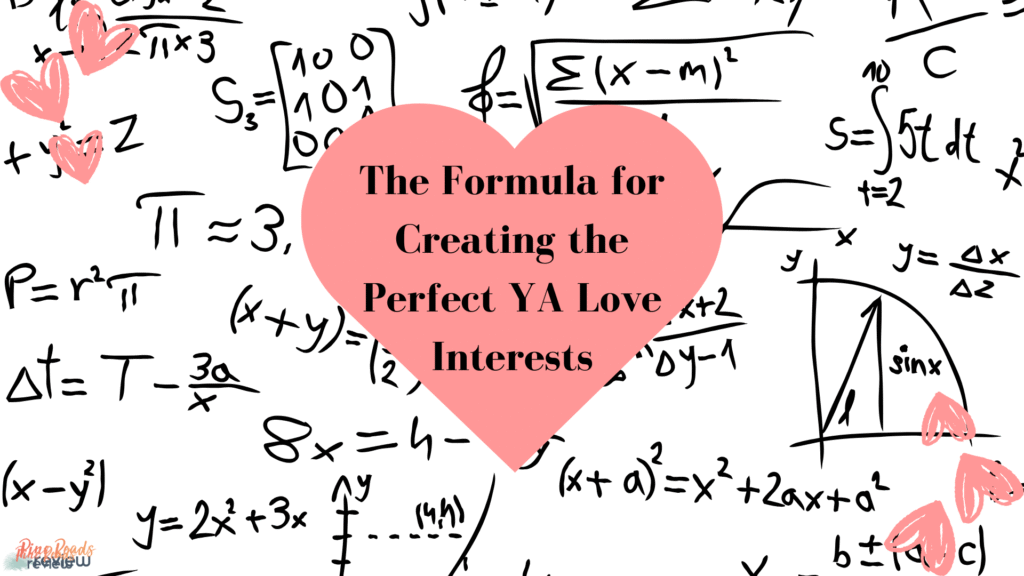
You heard me right.
No reader falls for a depthless, flat character that strolls into a novel simply to satisfy the protagonist’s romantic urges.
Every single character, whether it be a best friend or the heartbreakingly handsome bad boy of your protagonist’s dreams, should serve a purpose beyond the relationship they have with the main character. Considering the characters as puzzle pieces to the plot and central conflict can be valuable in the development of their personal backstory, contributing to a more fleshed-out relationship—one that is believable and more natural for readers to follow.
Furthermore, taking the rose-colored glasses off and examining the love interest for their motivations, struggles, and flaws is akin to pouring personality and an internal world into your character. Readers are hungry for relationships and people that feel real, intense, and meaningful, so don’t keep them waiting with a poor excuse of a love interest!
Compatibility is as real in fictional worlds as it is in reality.
But, how exactly can writers test that their fated couple will last beyond the pages and live long lives in the heads of readers?
Some famous authors, like Sarah J. Maas, have revealed that it’s just a gut instinct for them when it comes to pairing their characters together. But, luckily, for those that have not been blessed with Maas’ power, there is a science behind fictional romantic pairings.
The secret is… aligning the character arcs of your love interest and protagonist.
There is no specific way to go about this task, but the question remains: how will the two characters grow together and how do they affect each other throughout the plot? Most writers choose certain challenges that define the romantic relationship and trigger other conflicts, opening up the way for more of the protagonist and love interest’s background to be revealed in the storyline.
Rhysand and Feyre’s relationship in the A Court of Thorns and Roses series is one of my all-time favorites for this very reason. Even through their differing backgrounds—one a High Lord that endured years of torture in order to protect his court and another a mortal-turned-High-Fae who sacrificed herself to break a curse across the faerie lands, they form an undeniable bond as they are drawn together by the horrors they experienced under the High Queen of Prythian Amarantha. Their fated connection intensifies the conflict as Rhysand is forced to keep their bond secret and Feyre finds herself withdrawing from a love that she had long fought for.
Ultimately, creating balance—a yin and yang dynamic—between the characters and testing the chemistry of their personal qualities and traits is the best predictor of a long-lasting fictional relationship and one that may potentially reign in the hearts of your readers.
Say bye-bye to overdone clichés.
Whether the backbone of your romance is the widely-loved enemies-to-lovers trope or the star-crossed lovers, the pacing and development of the relationship greatly impacts how well it is received among readers. This involves picking the types of scenes and events that best introduce the conflict and propel the stakes in the story.
In Victorian London, Tessa Gray and Will Herondale (The Infernal Devices series) have their first one-on-one interaction in the London Institute’s library, connecting over their love for books and their shared struggle in feeling a lack of belonging in their worlds. Likewise, Jude’s humanness and mortality (Folk of the Air series) may have earned her hatred from other faeries in Elfhame, but even such strong feelings of jealousy and envy can be transmuted into love—something Cardan himself hated to admit as their relationship progressed.
Writing is an art that one needs to continually develop and brainstorming the perfect match for your protagonist is no easy task. But, with time, writers will get the answer they have been waiting for.
I hope you enjoyed reading these three tips and are now ready to whisk your readers away into dreamy worlds!
Alysa Jacob, Pine Reads Review Writer & Social Media